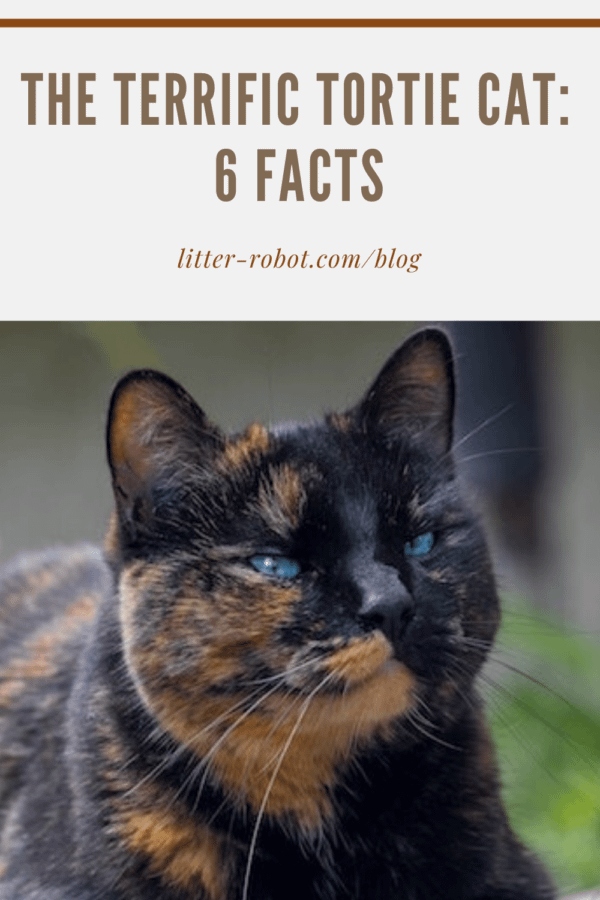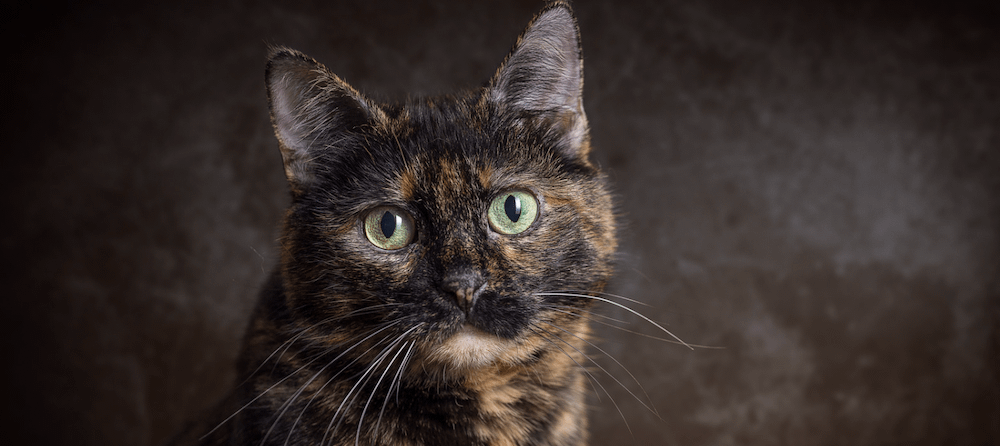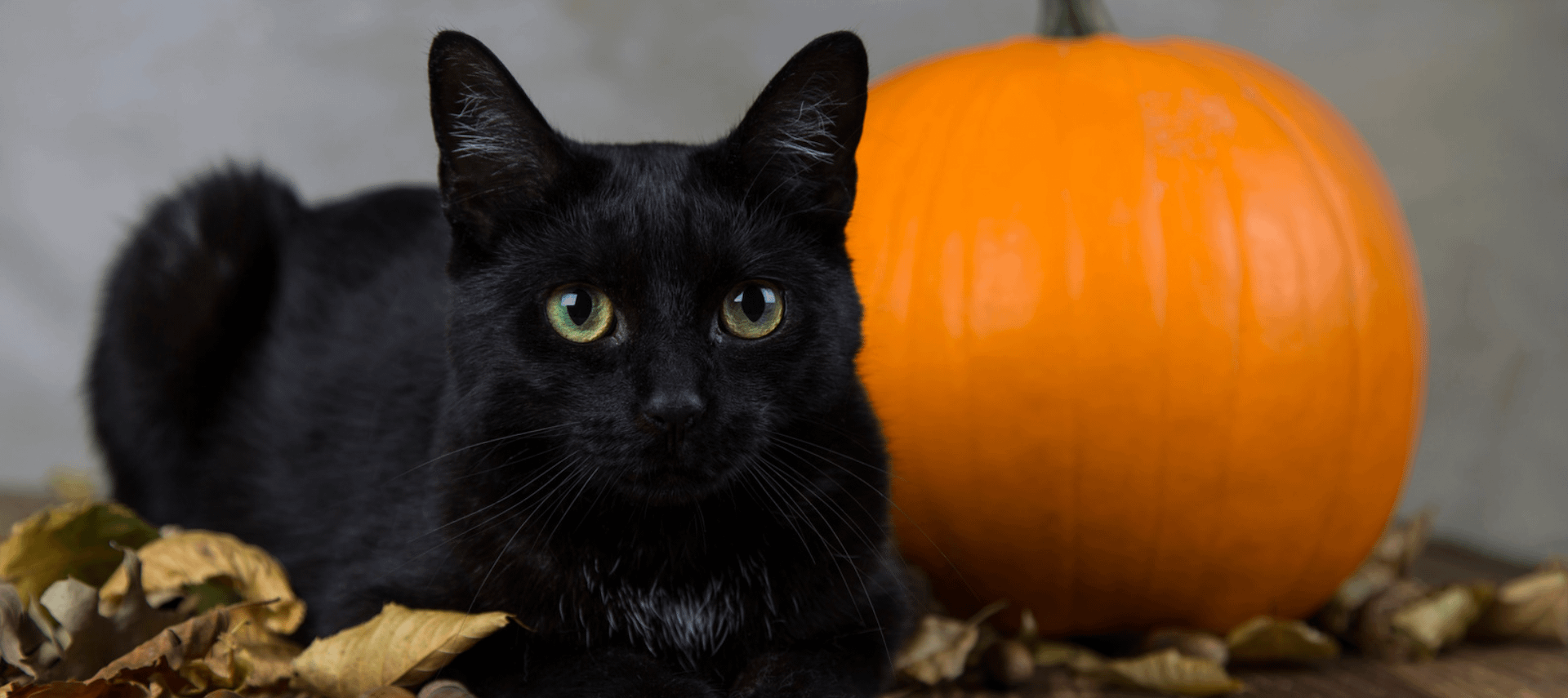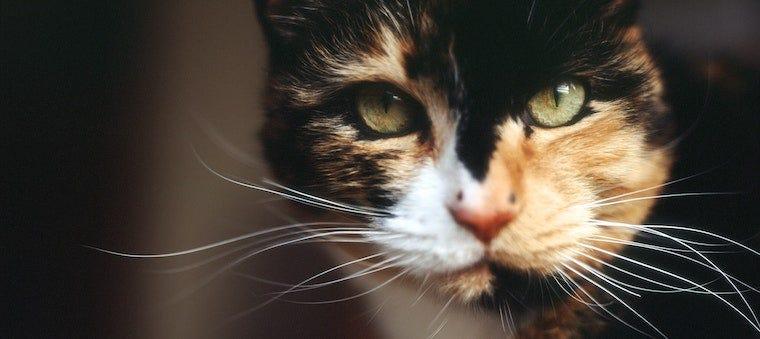The tortoiseshell cat, aka the tortie cat, is the mottled beauty of the feline world. These cats are both eye-catching and exquisite, with a pattern that truly looks like no other (to cat lovers, at least!). Torties are infamous for their vocal, exuberant attitudes and continuous energy. This female-dominated group takes no sass from anyone but sure knows how to hand some out!
Let’s take a look at some of the fascinating facts and common questions about the multi-colored tortie. For example, what is a tortoiseshell vs. a calico cat? And is tortitude a real thing? Keep reading to find out.
1. Tortie isn’t a breed
Like tabby and calico, “tortoiseshell” is not a specific breed of cat. In reality, there are many types of tortoiseshell cats though they have many specific attributes that make them seem like their own breed. Tortie cats are named because their fur pattern has a similar look to the now-banned tortoiseshell material produced from the shells of larger species of tortoise and turtle (synthetic tortoiseshell is still popular). This pattern can pop up in purebred and mixed-breed felines.
This fur pattern is unique enough to warrant a very specific kind of cat to wear it—one that is outgoing and makes for a lovely companion.
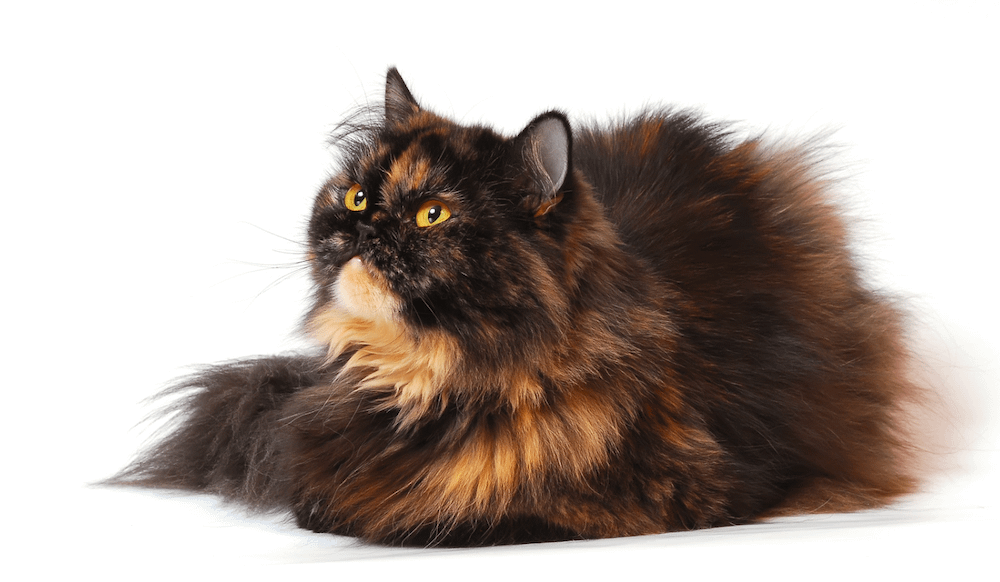
Tortoiseshell cat breeds
Despite not being a breed itself, the tortoiseshell pattern more commonly arises among certain cat breeds, including the following:
- American Shorthair
- British Shorthair
- Burmese
- Cornish Rex
- Japanese Bobtail
- Maine Coon
- Persian
- Ragamuffin
- Scottish Fold
- Siamese
2. Tortie vs Calico
Tortoiseshell cats often get mixed up with Calico cats and vice versa. However, there really is a difference between tortoiseshell and calico.
While these fur patterns are similar, one distinct color defines the difference between tortoiseshell and calico cats: white. Calico cats typically exhibit tri-color fur of white, black, and red/orange, while tortoiseshell cats combine two colors other than white. In short, the difference between tortoiseshell and calico cats is that tortoiseshell cats will not have any white in their fur colors.
Usually, tortie cat colors are described as red and black—but the “red” patches can instead be orange, yellow, or cream, and the “black” can be chocolate, grey, or blue. So, the general rule of thumb is that if you see a multi-colored cat that has white in their fur pattern, they are more likely to be a calico than a tortie.
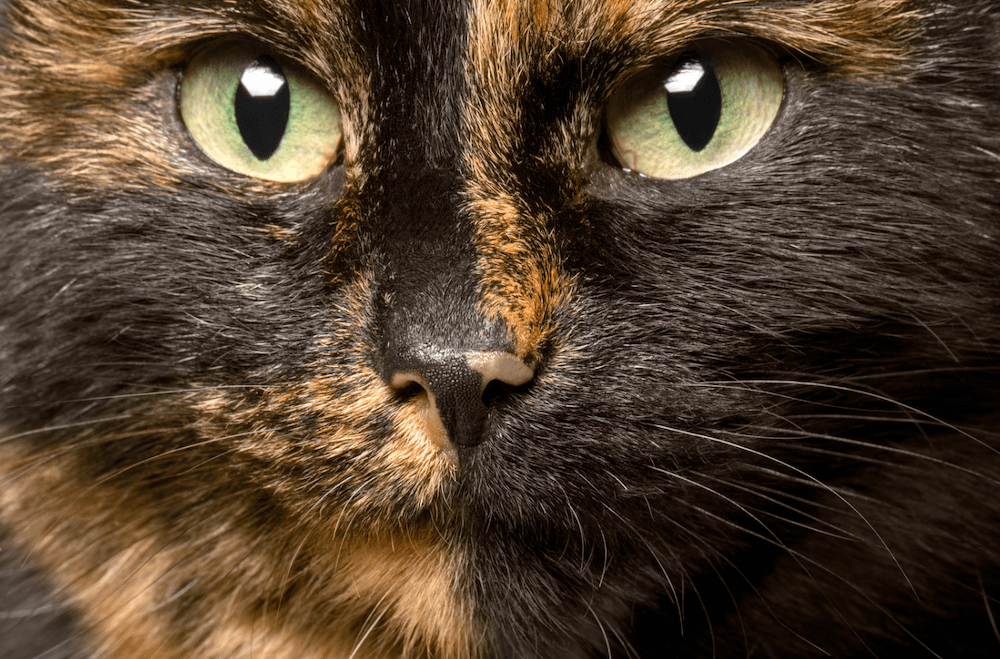
3. Types of Tortoiseshell Cats
As if tortoiseshell cats weren’t mysterious enough, their coat patterns come with a whole host of sub-categories! These are in addition to the traditional color combination sometimes known as mosaic tortie.
Bridled
If the colors in a tortie’s coat appear to be woven together, it’s considered bridled. The more you become obsessed with tortie cats, the easier it will be to see all of these specific distinguishments.
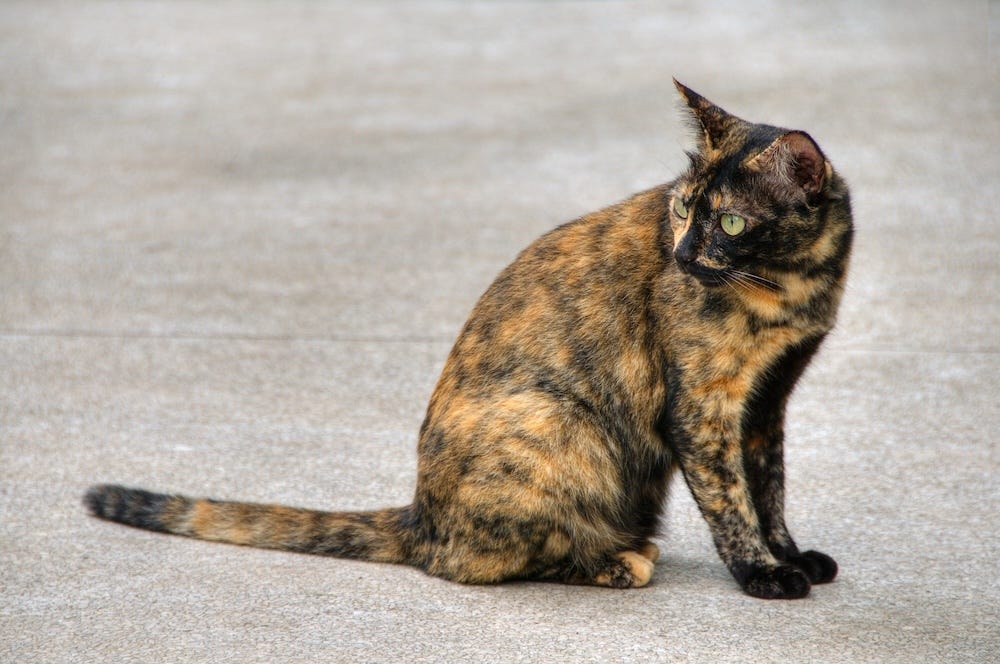
Diluted Tortie Cat
Then there’s the dilute tortoiseshell coat that results from recessive genes that create “softened” fur colors. If you’ve seen a tortie cat with lighter, pastel-like colors such as cream, lilac, or cinnamon, then you’ve seen a dilute tortoiseshell cat—and wow, are they something!
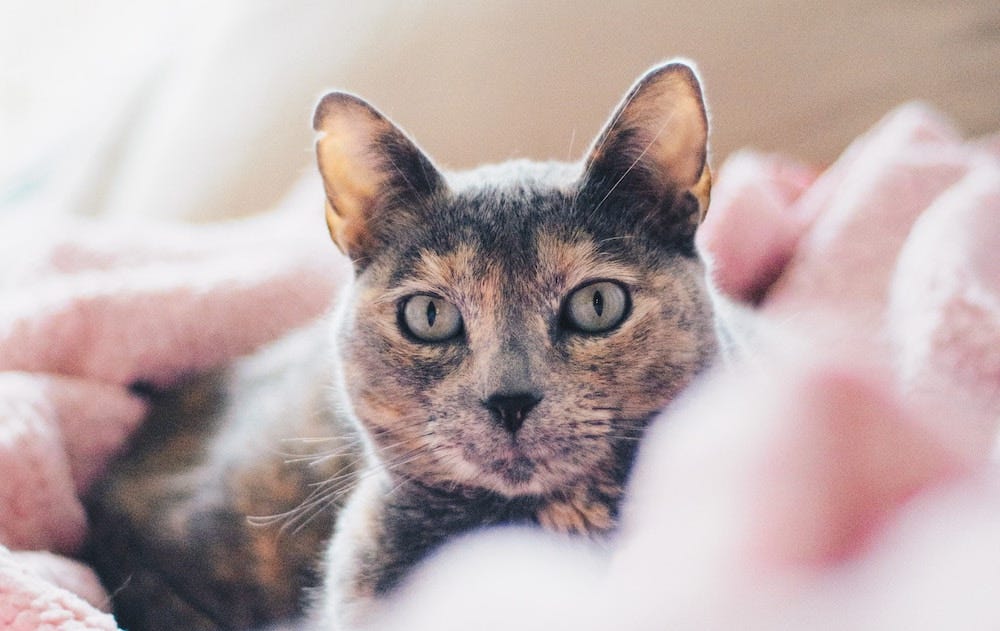
Tortoiseshell tabby cat
Looking for more? Look no further than the patched “torbie,” or when tortie meets tabby. The torbie typically features patches of brown and orange tabby stripes patterns, with markings often more apparent on the legs and head.
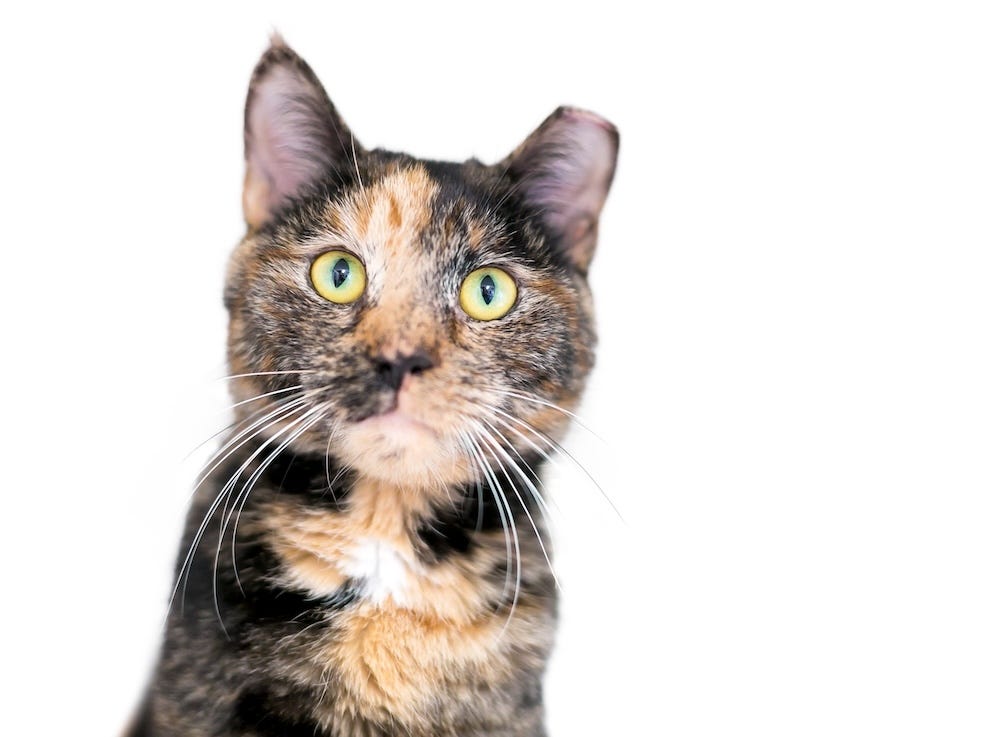
Chimera tortie
Rarest of all is the chimera tortie, where two embryos merge in utero to form one animal. A chimera tortoiseshell cat features one color on one side of her body and a different color on the other side. An extreme, well-known example of this is Venus the Two Face Cat.
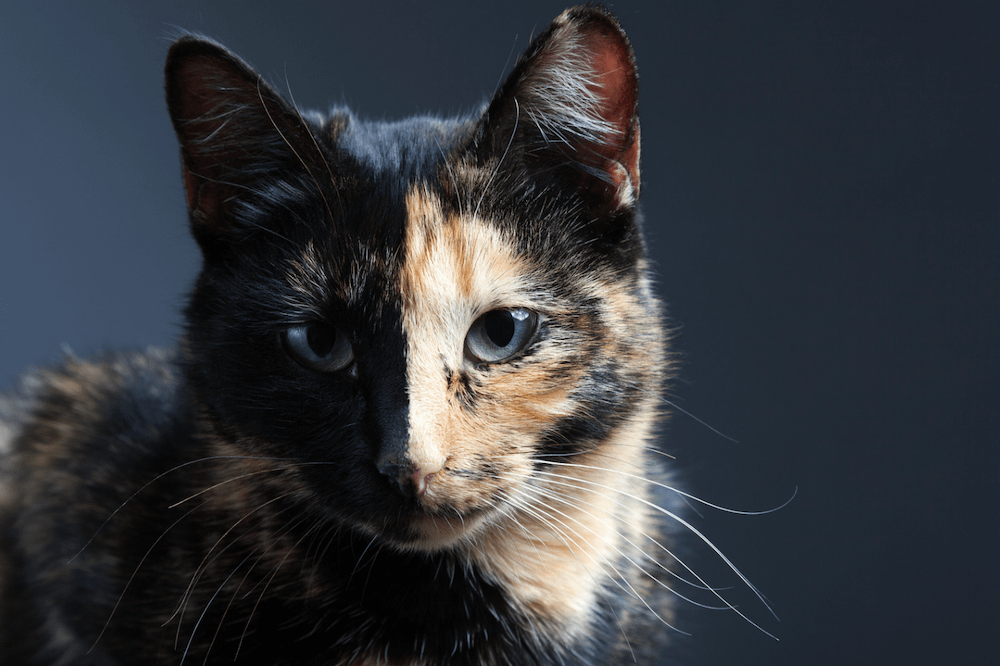
4. Almost all tortie cats are female
Like calicos, 99.9% of tortie cats are female. The chromosome linked to coloring in cats is the X sex chromosome; therefore, female cats (XX) have two sets of genetic information that can determine their coat color.
This cat coat color is very rare for males, accounting for 1 out of 3,000. Here’s why: Male cats have one X chromosome and one Y chromosome. As such, he’ll only have black or orange fur, but not both—usually.
1 in 3,000 tortie cats is born male, called XXY Syndrome. They face the same obstacles as male calicos: They are always sterile and, unfortunately, tend to have a host of health problems due to their genetic abnormalities. The only time a male might not be sterile is if he is born the rare chimera tortie, so get your cats neutered regardless. Even in super rare cases, a surprise litter can still happen.
5. Tortie cat personality - Is it a thing?
So what about “tortitude,” otherwise known as tortie cat personality and attitude? Descriptors that likely come to mind with tortie cat parents include:
- Sassy
- Fierce
- Independent
- Strong-willed
Some even call them the divas of the cat world. Even Jackson Galaxy comments that tortoiseshell cats have distinct personality traits and tend to be “more sensitive to the stimulus around them.”
Well, tortitude was almost backed by science when a study conducted by UC Davis Veterinary Medical Teaching Hospital came out in 2016—but ultimately, researchers didn’t find a link between fur patterns and behavior, temperament, or unique personality. We’ll let the piles and piles of anecdotal evidence speak for this one!
For instance, if a tortie’s litter box isn’t clean and up to their standards, they are going to let you know by doing their business next to the litter box until you get yourself a self-cleaning litter box. This way, they don’t have to demand anything of you other than love and affection.
If you have a tortie cat, you can likely attest to their bold and bossy behaviors. And just because science hasn’t proven it yet, it doesn’t mean that it’s not true.
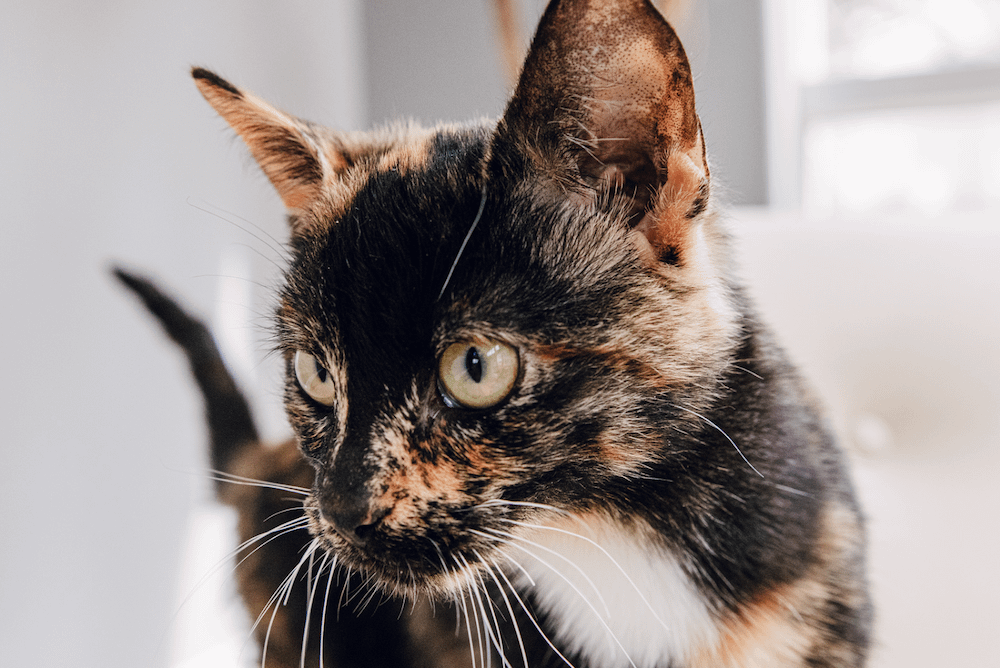
6. Tortoiseshell Cat Lifespan
Tortie cats come in a variety of different breeds, so their lifespans vary. The average tortoiseshell cat lifespan among all breeds stands between 14 and 18 years and, in general, they can live long and happy lives, with some living 20+ years of age.
Male torties don’t have it so lucky, and because they are so rare with varying health issues, their lifespans tend to be a lot shorter and male tortoiseshell cats often have health problems. If you end up with a unique male tortie, you must take them to their regularly scheduled veterinarian appointments and keep an eye on their health conditions.
In the end, the tortoiseshell cat's lifespan usually comes down to what breed of tortie you have. Their fur and coat pattern don’t have much to do with their overall health.
7. Tortoiseshell cats are considered good luck
All around the world, tortie cats are thought to bring good luck into your life. Coming across one is always a sign that good things are on their way, and if you are lucky enough to have one in your home, your house will be protected and prosper.
Many different countries and parts of the world have specific lore about these amazing felines, including:
Japan
Here, it’s thought that tortie cats can protect the house from ghosts (this probably comes in handy around Halloween).
England
People here say that if you rub a tortoiseshell’s tail on a wart, it will cure it.
United States
In the US, torties are thought of as “money cats” that will bring you good fortune.
Southeast Asia
Southeast Asia carries the tale that the tortie cat was formed from the blood of a young goddess.
Ancient Celts
These people believed that if you had a male tortie cat in your home, it meant good luck.
Ireland
If a tortie settles in your home—adopting you or merely passing through—this counts as a sign of good luck.
8. Edgar Allen Poe loved his tortie cat
Even famous authors like Edgar Allen Poe loved tortie cats! It is said that the famous author had a beautiful tortoiseshell cat named Cattarina for many years that he cherished. Cattarina passed away in 1849, mere weeks after Poe himself died.
In 2012, a trio of kittens was found on the grounds of the Poe Museum in Richmond, Virginia. Museum staff named them Edgar, Pluto (after the cat in The Black Cat), and Cattarina.
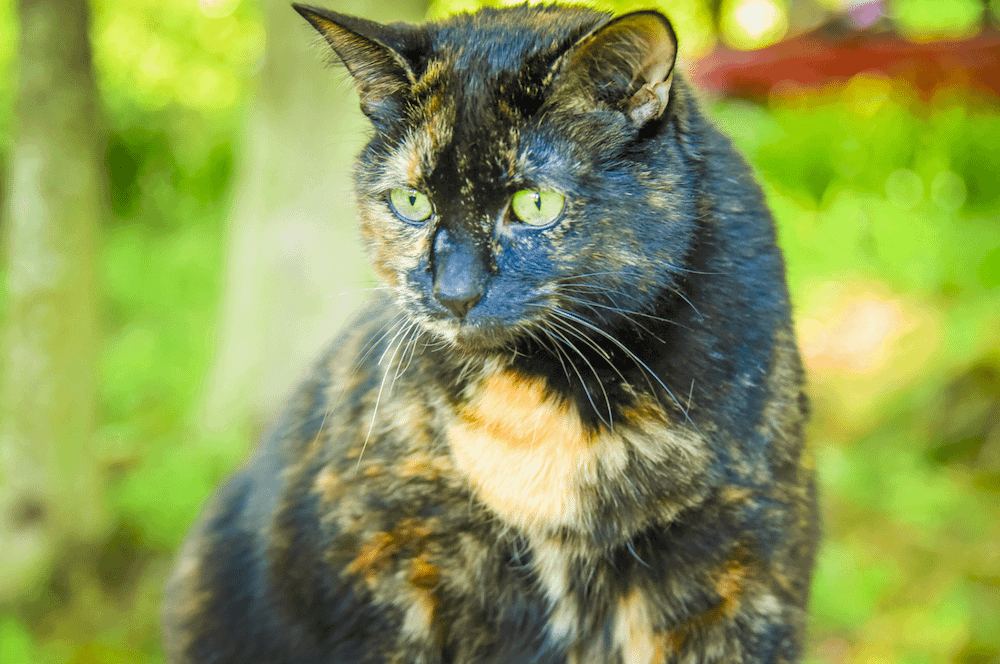
9. Other tortie tidbits
Torties are unique and beautiful, making for a charming companion to have in your home. They will always bring a flair of color and boldness to your house and will show you a variety of ways in which they stand out among other cats. No matter what you think, there is enough tortie lore out there to believe in their magic and mystical abilities.
Some other fun tortie tidbits, as compiled by tortie fans across the internet, include:
- Torties are thought to have psychic abilities and see into the future.
- If you dream of a tortoiseshell cat, you’ll soon be in love.
- A bride hearing a tortie sneeze on her wedding day means good luck.
Cats are known as lucky creatures in general, but if you come across or are able to adopt a tortie, consider yourself special! These felines have a variety of attributes that are well-loved in the cat world.
Sources:
- A Domestic Cat X Chromosome Linkage Map And The Sex-Linked Orange Locus: Mapping Of Orange, Multiple Origins And Epistasis Over Nonagouti | NCBI
- Fertile Male Tortoiseshell Cat With True Chimerism 38,XY/38,XY | NCBI
- The Feline Genome and Clinical Implications | NCBi
- A Tortoiseshell Male Cat: Chromosome Analysis And Histologic Examination Of The Testis | NCBI
Photo credits: Justin Sinclair via Unsplash; José Alejandro Cuffia via Unsplash
